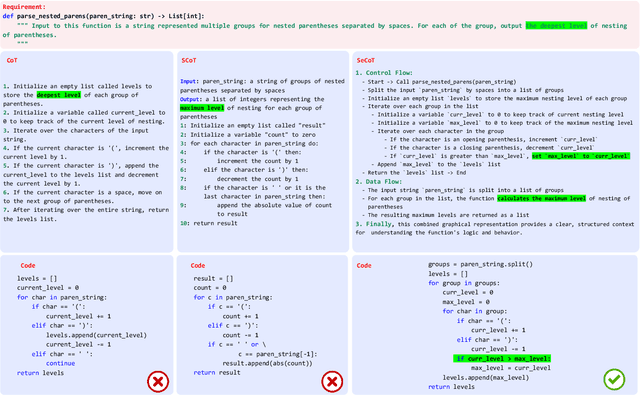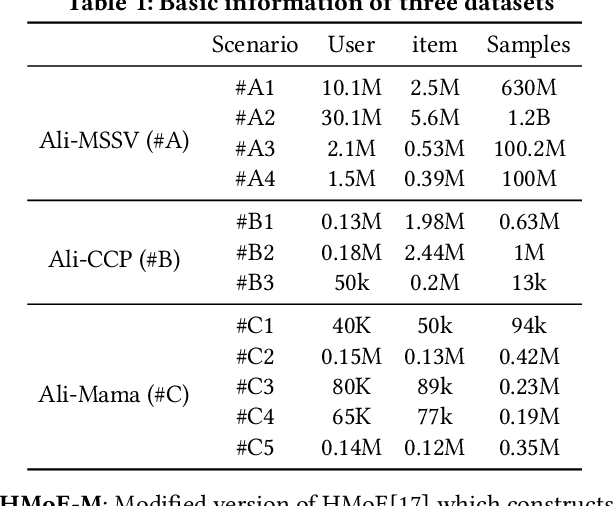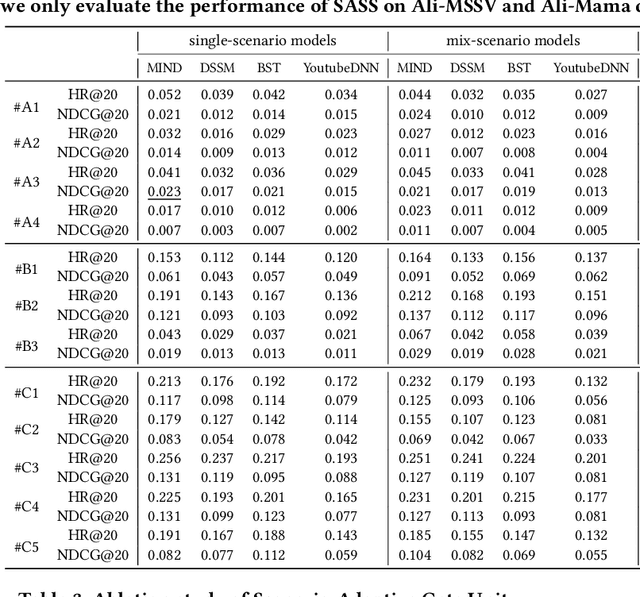Yuanliang Zhang
Unseen Horizons: Unveiling the Real Capability of LLM Code Generation Beyond the Familiar
Dec 11, 2024Abstract:Recently, large language models (LLMs) have shown strong potential in code generation tasks. However, there are still gaps before they can be fully applied in actual software development processes. Accurately assessing the code generation capabilities of large language models has become an important basis for evaluating and improving the models. Some existing works have constructed datasets to evaluate the capabilities of these models. However, the current evaluation process may encounter the illusion of "Specialist in Familiarity", primarily due to three gaps: the exposure of target code, case timeliness, and dependency availability. The fundamental reason for these gaps is that the code in current datasets may have been extensively exposed and exercised during the training phase, and due to the continuous training and development of LLM, their timeliness has been severely compromised. The key to solve the problem is to, as much as possible, evaluate the LLMs using code that they have not encountered before. Thus, the fundamental idea in this paper is to draw on the concept of code obfuscation, changing code at different levels while ensuring the functionality and output. To this end, we build a code-obfuscation based benchmark OBFUSEVAL. We first collect 1,354 raw cases from five real-world projects, including function description and code. Then we use three-level strategy (symbol, structure and semantic) to obfuscate descriptions, code and context dependencies. We evaluate four LLMs on OBFU- SEVAL and compared the effectiveness of different obfuscation strategy. We use official test suites of these projects to evaluate the generated code. The results show that after obfuscation, the average decrease ratio of test pass rate can up to 62.5%.
Bridging Code Semantic and LLMs: Semantic Chain-of-Thought Prompting for Code Generation
Oct 22, 2023



Abstract:Large language models (LLMs) have showcased remarkable prowess in code generation. However, automated code generation is still challenging since it requires a high-level semantic mapping between natural language requirements and codes. Most existing LLMs-based approaches for code generation rely on decoder-only causal language models often treate codes merely as plain text tokens, i.e., feeding the requirements as a prompt input, and outputing code as flat sequence of tokens, potentially missing the rich semantic features inherent in source code. To bridge this gap, this paper proposes the "Semantic Chain-of-Thought" approach to intruduce semantic information of code, named SeCoT. Our motivation is that the semantic information of the source code (\eg data flow and control flow) describes more precise program execution behavior, intention and function. By guiding LLM consider and integrate semantic information, we can achieve a more granular understanding and representation of code, enhancing code generation accuracy. Meanwhile, while traditional techniques leveraging such semantic information require complex static or dynamic code analysis to obtain features such as data flow and control flow, SeCoT demonstrates that this process can be fully automated via the intrinsic capabilities of LLMs (i.e., in-context learning), while being generalizable and applicable to challenging domains. While SeCoT can be applied with different LLMs, this paper focuses on the powerful GPT-style models: ChatGPT(close-source model) and WizardCoder(open-source model). The experimental study on three popular DL benchmarks (i.e., HumanEval, HumanEval-ET and MBPP) shows that SeCoT can achieves state-of-the-art performance, greatly improving the potential for large models and code generation.
At Which Training Stage Does Code Data Help LLMs Reasoning?
Sep 30, 2023



Abstract:Large Language Models (LLMs) have exhibited remarkable reasoning capabilities and become the foundation of language technologies. Inspired by the great success of code data in training LLMs, we naturally wonder at which training stage introducing code data can really help LLMs reasoning. To this end, this paper systematically explores the impact of code data on LLMs at different stages. Concretely, we introduce the code data at the pre-training stage, instruction-tuning stage, and both of them, respectively. Then, the reasoning capability of LLMs is comprehensively and fairly evaluated via six reasoning tasks in five domains. We critically analyze the experimental results and provide conclusions with insights. First, pre-training LLMs with the mixture of code and text can significantly enhance LLMs' general reasoning capability almost without negative transfer on other tasks. Besides, at the instruction-tuning stage, code data endows LLMs the task-specific reasoning capability. Moreover, the dynamic mixing strategy of code and text data assists LLMs to learn reasoning capability step-by-step during training. These insights deepen the understanding of LLMs regarding reasoning ability for their application, such as scientific question answering, legal support, etc. The source code and model parameters are released at the link:~\url{https://github.com/yingweima2022/CodeLLM}.
Scenario-Adaptive and Self-Supervised Model for Multi-Scenario Personalized Recommendation
Aug 24, 2022



Abstract:Multi-scenario recommendation is dedicated to retrieve relevant items for users in multiple scenarios, which is ubiquitous in industrial recommendation systems. These scenarios enjoy portions of overlaps in users and items, while the distribution of different scenarios is different. The key point of multi-scenario modeling is to efficiently maximize the use of whole-scenario information and granularly generate adaptive representations both for users and items among multiple scenarios. we summarize three practical challenges which are not well solved for multi-scenario modeling: (1) Lacking of fine-grained and decoupled information transfer controls among multiple scenarios. (2) Insufficient exploitation of entire space samples. (3) Item's multi-scenario representation disentanglement problem. In this paper, we propose a Scenario-Adaptive and Self-Supervised (SASS) model to solve the three challenges mentioned above. Specifically, we design a Multi-Layer Scenario Adaptive Transfer (ML-SAT) module with scenario-adaptive gate units to select and fuse effective transfer information from whole scenario to individual scenario in a quite fine-grained and decoupled way. To sufficiently exploit the power of entire space samples, a two-stage training process including pre-training and fine-tune is introduced. The pre-training stage is based on a scenario-supervised contrastive learning task with the training samples drawn from labeled and unlabeled data spaces. The model is created symmetrically both in user side and item side, so that we can get distinguishing representations of items in different scenarios. Extensive experimental results on public and industrial datasets demonstrate the superiority of the SASS model over state-of-the-art methods. This model also achieves more than 8.0% improvement on Average Watching Time Per User in online A/B tests.
 Add to Chrome
Add to Chrome Add to Firefox
Add to Firefox Add to Edge
Add to Edge